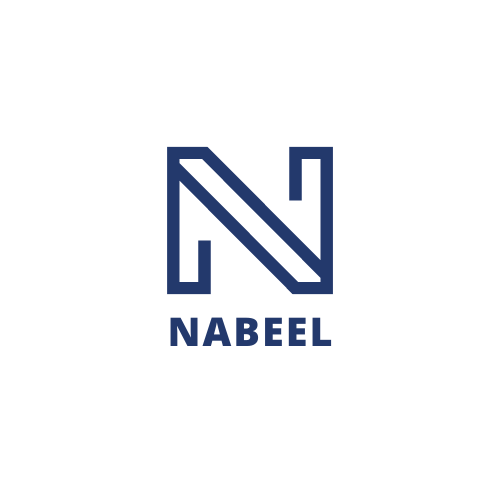Feature Battle: Zoom Chat vs. Slack in 2025
In the ever-evolving landscape of digital communication, two giants continue to dominate the workplace chat arena: Zoom Chat and Slack. As we look towards 2025, it’s crucial to evaluate how these platforms stack up against each other. Whether you’re a small business owner, an IT manager, or just a curious tech enthusiast, understanding the strengths and weaknesses of each can help guide your choice. Let’s dive into the ultimate feature battle between Zoom Chat and Slack!
Table of Contents
1. Introduction
2. Overview of Zoom Chat and Slack
3. User Interface and Experience 🌟
4. Integration and Compatibility 🔗
5. Security Features 🔒
6. Pricing and Flexibility 💰
7. Conclusion
8. FAQs
Overview of Zoom Chat and Slack
Zoom Chat and Slack have both carved out significant niches in the realm of professional communication. Zoom Chat, an extension of the popular video conferencing tool, focuses on seamless integration with video meetings, making it an excellent choice for teams that prioritize video collaboration. On the other hand, Slack has been a pioneer in workplace messaging, offering a robust platform known for its extensive integrations and user-friendly interface.
User Interface and Experience 🌟
When it comes to user experience, both platforms have made strides, but they offer different strengths. Zoom Chat boasts a sleek, minimalist interface that integrates effortlessly with Zoom Meetings. For users already familiar with Zoom’s layout, transitioning to Zoom Chat feels intuitive and straightforward.
Slack, however, shines with its customizability. Users can personalize their workspace with different themes and layouts, making it adaptable to various preferences. Slack’s interface is designed to enhance productivity with features like threads, channels, and direct messages that help streamline communication.
Integration and Compatibility 🔗
The ability to integrate with other tools is a critical factor for businesses. Zoom Chat excels in video conferencing integration, providing a seamless experience for users who frequently jump between chat and video calls. It supports integrations with platforms like Google Calendar and Outlook, making it easy to schedule and join meetings directly from chats.
Slack, on the other hand, is the king of integrations, boasting over 2,000 apps in its directory. From project management tools like Trello and Asana to developer tools like GitHub, Slack offers a wide array of integrations that cater to various business needs. This makes Slack a powerful hub for team collaboration, pulling together disparate tools into a single interface.
Security Features 🔒
In an era where data privacy is paramount, both Zoom Chat and Slack have invested heavily in security features. Zoom Chat has implemented robust end-to-end encryption for messages, ensuring that communications remain private and secure. Zoom has also introduced advanced security settings, allowing administrators to control access and permissions effectively.
Slack, too, has a strong focus on security, offering enterprise-grade options such as single sign-on (SSO), data loss prevention (DLP), and compliance exports. Slack’s enterprise grid provides organizations with the ability to manage multiple workspaces under a single umbrella, with enhanced security controls.
Pricing and Flexibility 💰
Pricing models can significantly influence a business’s choice between these two platforms. Zoom Chat is bundled with Zoom Meetings, which means if your organization already uses Zoom for video conferencing, adding chat functionality might be a cost-effective solution.
Slack offers a freemium model, allowing teams to use core features at no cost, with premium plans unlocking advanced features. The flexibility of Slack’s pricing makes it accessible for startups and scalable for larger enterprises as needs grow.
Conclusion
As we look into 2025, both Zoom Chat and Slack continue to offer compelling features for different business needs. Zoom Chat is ideal for organizations that heavily rely on video communication, providing a seamless transition between chat and video calls. Meanwhile, Slack stands out with its extensive integrations and customizable interface, making it a versatile choice for diverse teams.
Ultimately, the choice between Zoom Chat and Slack will depend on your organization’s specific requirements, existing tools, and budget. Both platforms are powerful in their own rights, ensuring that whatever choice you make, your team will be well-equipped for effective communication.
FAQs
Q: Can I use both Zoom Chat and Slack simultaneously?
A: Absolutely! Many organizations use both platforms to leverage the strengths of each. Zoom for video meetings and Slack for day-to-day messaging can be a powerful combination.
Q: Are there any free alternatives to Slack and Zoom Chat?
A: Yes, there are several free alternatives like Microsoft Teams (with free limited plans) and Google Chat. However, the feature sets may differ, so it’s essential to assess your needs carefully.
Q: How do Zoom Chat and Slack handle data storage and retention?
A: Both platforms offer customizable data retention policies. Administrators can set retention periods for messages and files, ensuring compliance with organizational policies and regulations.
Q: Which platform has better customer support?
A: Both Zoom and Slack offer robust customer support with extensive resources, though the experience may vary depending on your subscription level. Enterprise customers typically receive priority support.
🤔 Still unsure which platform suits you best? Consider trialing both to see which aligns with your team’s workflow and culture!



